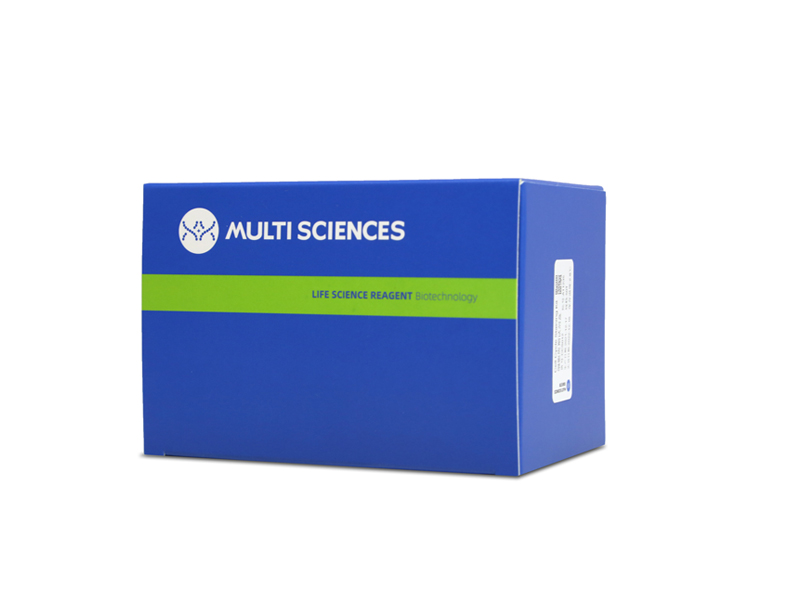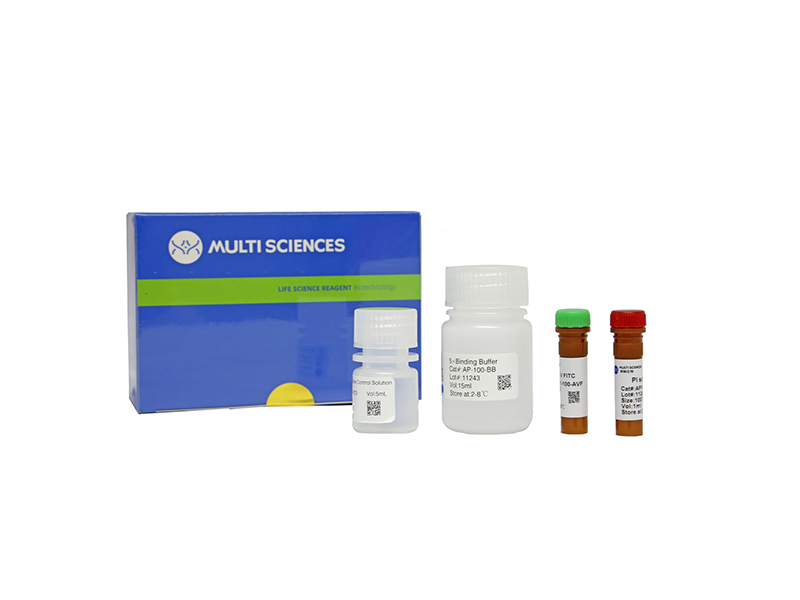Background Astragaloside IV (As-IV) and Tanshinone IIA (Ta-IIA) are the main ingredients of traditional Chinese medicinal Astragalus membranaceus (Fisch.) Bunge and Salvia miltiorrhiza Bunge, respectively, both of which have been employed in the treatment of cardiovascular diseases. Nevertheless, the efficacy of the combination (Co) of Ta-IIA and As-IV for cardiovascular diseases remain unclear and warrant further investigation. This study aimed to investigate the efficacy and the underlying molecular mechanism of Co in treating myocardial ischemia–reperfusion injury (MIRI).Methods In order to assess the efficacy of Co, an in vivo MIRI mouse model was created by temporarily blocking the coronary arteries for 30?min and then releasing the blockage. Parameters such as blood myocardial enzymes, infarct size, and ventricular function were measured. Additionally, in vitro experiments were conducted using HL1 cells in both hypoxia-reoxygenation model and oxidative stress models. The apoptosis rate, expression levels of apoptosis-related proteins, oxidative stress indexes, and release of inflammatory factors were detected. Furthermore, molecular docking was applied to examine the binding properties of Ta-IIA and As-IV to STING, and western blotting was performed to analyze protein expression of the STING pathway. Additionally, the protective effect of Ta-IIA, As-IV and Co via inhibiting STING was further confirmed in models of knockdown STING by siRNA and adding STING agonist.Results Both in vitro and in vivo data demonstrated that, compared to Ta-IIA or As-IV alone, the Co exhibited superior efficacy in reducing the area of myocardial infarction, lowering myocardial enzyme levels, and promoting the recovery of myocardial contractility. Furthermore, the Co showed more potent anti-apoptosis, antioxidant, and anti-inflammation effects. Additionally, the Co enhanced the inhibitory effects of Ta-IIA and As-IV on STING phosphorylation and the activation of STING signaling pathway. However, the administration of a STING agonist attenuated the protective effects of the Co, Ta-IIA, and As-IV by compromising their anti-apoptotic, antioxidant, and anti-inflammatory effects in MIRI.Conclusion Compared to the individual administration of Ta-IIA or As-IV, the combined treatment demonstrated more potent ability in inhibiting apoptosis, oxidative stress, inflammation, and the STING signaling pathway in the context of MIRI, indicating a more powerful protective effect against MIRI.Graphical Abstract
文章引用产品列表
-
- AT107 71 Citations
- 凋亡试剂盒
Annexin V-APC/PI Apoptosis Kit (贴壁细胞专用)
- ¥1,010.00 – ¥2,090.00
-
- AP107 88 Citations
- 凋亡试剂盒
Annexin V-APC/PI Apoptosis Kit(细胞凋亡试剂盒)
- ¥780.00 – ¥1,860.00



